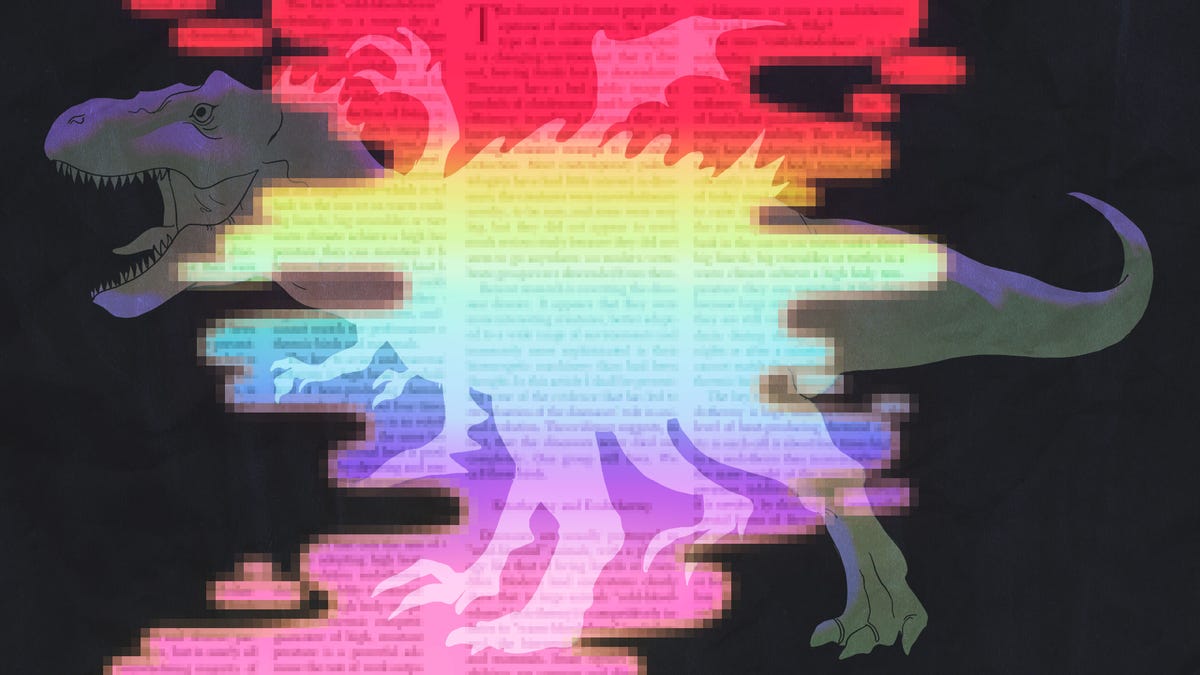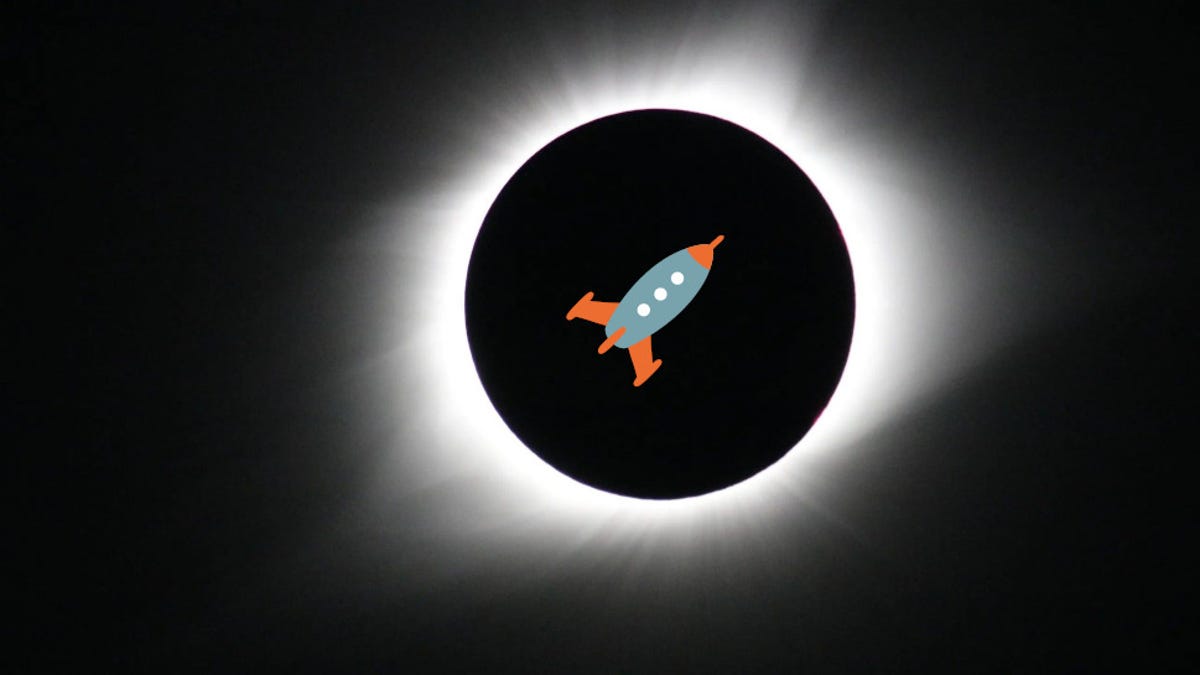The Fascinating World of Paleoart and AI
Earlier this year, a scientific journal published a study on a rat with at least four testicles, one of which was larger than its head. Another intriguing find was a pterosaur with a third foot sprouting from its wing. Meanwhile, a museum sparked curiosity by sharing a psychedelic illustration of a Godzilla-meets-gecko creature on social media. However, a more life-like depiction of the ancient reptile was available on the museum’s website.
Artificial intelligence (AI) has been both praised and criticized for its role in creating imagery. While AI-generated images may sometimes fall short of expectations, in the realm of paleoart, they serve as valuable tools for scientific communication. Paleoart, the art of depicting ancient creatures, plays a crucial role in helping scientists and the public visualize new findings in paleontology.
The Importance of Paleoart in Science Communication
Paleoart, scientifically-informed depictions of prehistoric creatures, offers a unique portal into worlds millions of years removed from our own. Artists in this field strive to create accurate representations based on scientific knowledge, such as an animal’s appearance, environment, and behavior. Jacob Blokland, a paleontologist and paleoartist, emphasized the meticulous process involved in creating paleoart, from studying bones to imagining soft tissues and environments.
While AI image generators can produce visuals, they often lack the depth and accuracy of human-created paleoart. Inspired by modern animals and ecological niches, AI models struggle to incorporate the complex information that human artists consider. As Natalia Jagielska, a paleoartist, pointed out, AI lacks the human touch and personal perspective that make paleoart unique.
The Scientific Process Behind Paleoart
One of the challenges in paleoart is reconstructing details like dinosaur skin color or the presence of features like lips in extinct animals. This task, often left to paleoartists, requires a deep understanding of paleontological, zoological, and morphological data. While AI can assist in image generation, it may not capture the nuances and accuracy of human-created paleoart.
While AI has revolutionized various scientific fields, its application in paleoart raises ethical concerns. Some argue that AI-generated imagery should be clearly disclosed and meet the same standards of accuracy expected in other editorial products. The rise of AI-generated paleoart has sparked debates within the scientific community about the role of AI versus human artists in paleontology.
Despite the advancements AI brings to scientific research, including faster data processing and analysis, its limitations in creating nuanced and accurate paleoart are evident. As the field evolves, striking a balance between AI and human artistry will be essential for preserving the integrity and accuracy of scientific communication.
Image/Photo credit: source url





